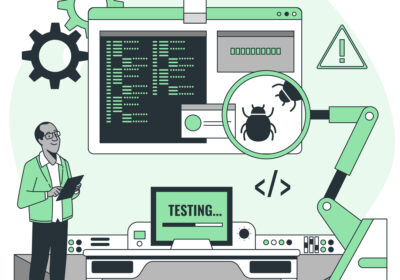In the world of software development, speed and efficiency are of the essence. To stay competitive, developers need to not only create innovative software but also deliver it quickly and efficiently. This is where Continuous Integration and Continuous Delivery (CI/CD) come into play. CI/CD is a method to streamline the software development process, and it’s being adopted by many leading companies, including those working with WebAssembly and React Web Assembly.
Understanding Continuous Integration
Continuous Integration (CI) is a development practice where developers integrate code into a shared repository frequently, preferably several times a day. Each integration is then automatically verified by an automated build and automated tests. The primary goal of CI is to catch and address bugs quicker, improve software quality, and reduce the time it takes to validate and release new software updates.
CI provides numerous benefits. It allows for faster feedback, less backtracking to discover where things went wrong, reduced integration problems, and more time to add features. CI is all about communication, so developers always know the status of the project.
Exploring Continuous Delivery
Continuous Delivery (CD) is a software development practice where code changes are automatically built, tested, and prepared for a release to production. It expands upon Continuous Integration by deploying all code changes to a testing environment and/or a production environment after the build stage.
CD aims to make feedback loops as short as possible to improve software quality. By releasing more frequently, teams can reduce the risk associated with a release. CD is a solution to the problems facing teams who want to deploy more often, aiming to make deployments—whether you’re deploying to production, staging, a test environment, or a local environment—predictable, routine affairs that can be performed on demand.
Latest Trends in CI/CD
The world of CI/CD is constantly evolving, with new trends emerging regularly. One of the latest trends is the use of WebAssembly in CI/CD pipelines. WebAssembly is a binary instruction format for a stack-based virtual machine, designed as a portable target for the compilation of high-level languages like C, C++, and Rust. It allows developers to run sandboxed code in a browser, providing a fast, efficient, and secure way to build web applications. Many projects made with WebAssembly are now leveraging CI/CD to streamline their development and deployment processes.
Another trend is the use of React Web Assembly in CI/CD. React is a popular JavaScript library for building user interfaces, and with the advent of WebAssembly, developers can now write React components in languages other than JavaScript. This opens up new possibilities for improving performance and leveraging existing codebases.
Conclusion
In conclusion, Continuous Integration and Continuous Delivery (CI/CD) are transforming the software development process, making it more efficient and reliable. By automating the build, test, and deployment processes, CI/CD allows developers to deliver high-quality software at a faster pace. The latest trends in CI/CD, including the use of WebAssembly and React Web Assembly, are further enhancing these benefits, paving the way for the future of software development.





